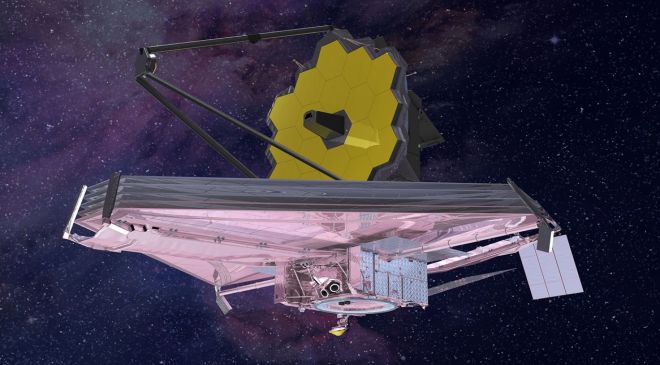How can we possibly spot alien life outside the solar system when it’s so far away?
It’s a problem that has long baffled astronomers, but there could be a new telltale sign.
Planets that look unusually alike.
This is because ‘spacefaring’ aliens travelling from their own planet to others could alter them so they look the same.
At the moment, astronomers searching for extraterrestrial life focus on two signals – biosignatures, molecules in the atmosphere that can only be produced by biological processes, and technosignatures, signs of technology being used on another planet, usually light.




However, this approach relies on the assumption that alien life will be similar to Earth, both in terms of chemistry and civilisation.
Read More:- Where DID Earth’s water come from? Scientists make major breakthrough
To avoid overlooking other signals, two astronomers in Japan have taken a very different approach.

Lana Sinapayen, from the Sony Computer Science Laboratories in Japan, and Harrison Smith at the Tokyo Institute of Technology, used a computer simulation to show how life travelling across the universe could leave a trail.
Key to their theory are the ideas known as panspermia – the ability of life to spread between planets – and terraformation – changes to the planet’s environment as a result of colonisation.
Read More:- How the Past, the Present and the Future Can Exist at the Same Time
Using a simulated universe containing 1,000 planets, the pair designed a test to determine which planets may contain life judging on similarities, and importantly, which planet that life originally spread from.
Writing up their findings, available on the pre-print database ArXiv, the authors said: ‘Our model shows that as life propagates across the galaxy, correlations emerge between planetary characteristics and location, and can function as a population-scale agnostic biosignature.
‘This biosignature is agnostic because it is independent of strong assumptions about any particular instantiation of life or planetary characteristic – by focusing on a specific hypothesis of what life may do, rather than what life may be.’
Read More:- A Study Says You Owe Your Existence to Just 1,280 Humans Who Almost Went Extinct

However, associate professor David Armstrong warns lookalike planets may have a simpler explanation – they could be made of similar materials.
‘There are a couple of things there that I think would stop this being a “one and done, we’ve definitely found life if we see this” kind of output,’ he said, speaking to Metro.co.uk’s sister publication New Scientist.
Read More:- Scientists Have Determined How to Travel Back in Time With a Ring Wormhole
Dr Armstrong, from the University of Warwick, also said we need better telescopes to make reliable similarity comparisons.
‘When we get to that stage, you’ll be able to just look at lots of planets to try to find certain chemicals, so there’ll be a lot of angles to explore there in terms of habitability,’ he said.



































